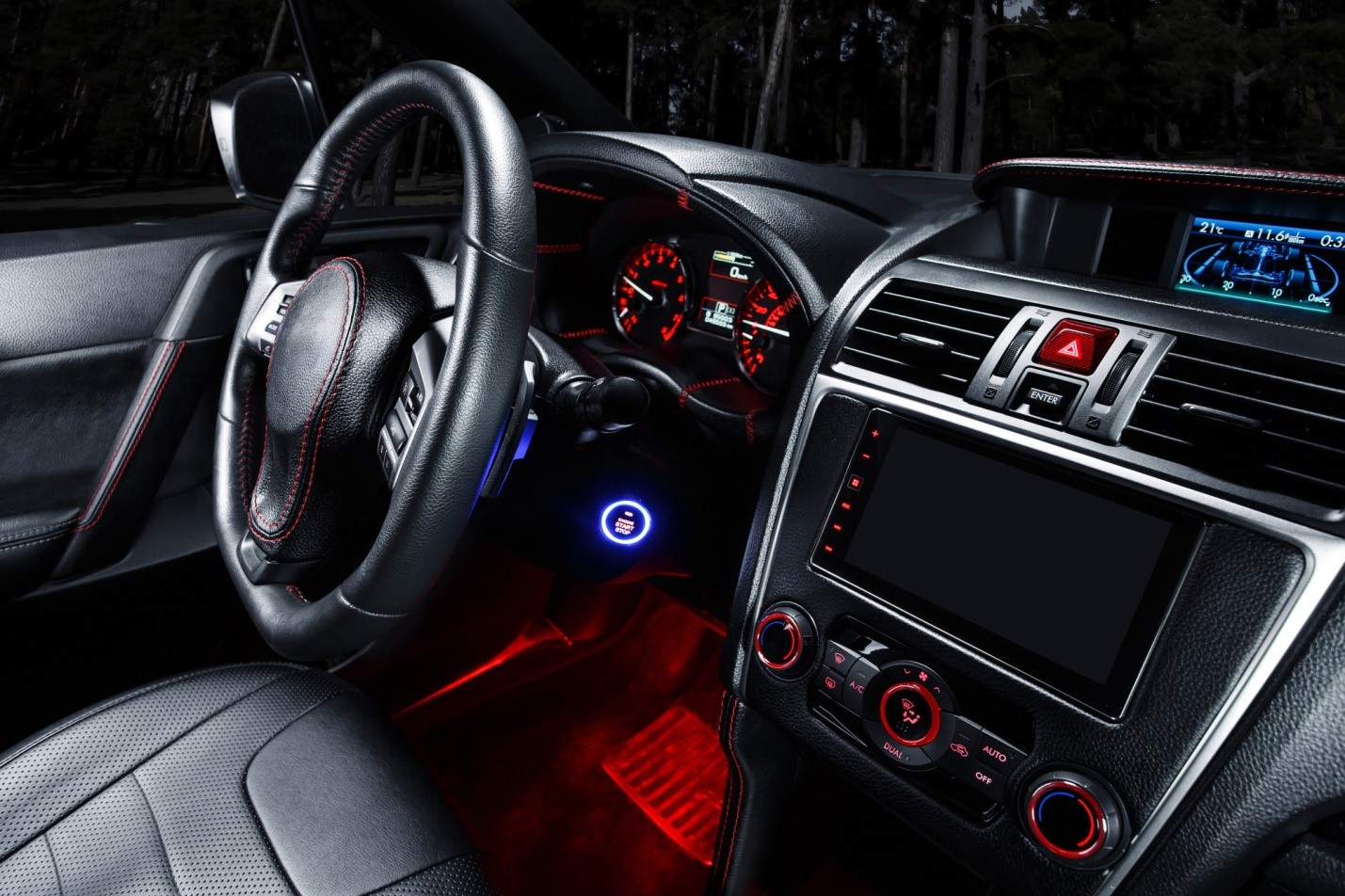[ad_1]
In 1908 Henry Ford began production of the Model T automobile. Based on his original Model A design first manufactured in 1903, the Model T took five years to develop. Its creation inaugurated what we know today as the mass production assembly line. This revolutionary idea was based on the concept of simply assembling interchangeable component parts. Prior to this time, coaches and buggies had been hand-built in small numbers by specialized craftspeople who rarely duplicated any particular unit. Ford's innovative design reduced the number of parts needed as well as the number of skilled fitters who had always formed the bulk of the assembly operation, giving Ford a tremendous advantage over his competition.
By the time the Model T was being developed Ford had decided to use multiple assembly stands with assemblers moving from stand to stand, each performing a specific function. This process reduced the assembly time for each fitter from 8.5 hours to a mere 2.5 minutes by rendering each worker completely familiar with a specific task.
Ford soon recognized that walking from stand to stand wasted time and created jam-ups in the production process as faster workers overtook slower ones. In Detroit in 1913, he solved this problem by introducing the first moving assembly line, a conveyor that moved the vehicle past a stationary assembler. By eliminating the need for workers to move between stations, Ford cut the assembly task for each worker from 2.5 minutes to just under 2 minutes; the moving assembly conveyor could now pace the stationary worker. Ford's mass production drove the automobile industry for nearly five decades and was eventually adopted by almost every other industrial manufacturer. Although technological advancements have enabled many improvements to modern day automobile assembly operations, the basic concept of stationary workers installing parts on a vehicle as it passes their work stations has not changed drastically over the years.
Introducing a new model of automobile generally takes three to five years from inception to assembly. Ideas for new models are developed to respond to unmet pubic needs and preferences. Trying to predict what the public will want to drive in five years is no small feat, yet automobile companies have successfully designed automobiles that fit public tastes. With the help of computer-aided design equipment, designers develop basic concept drawings that help them visualize the proposed vehicle's appearance. Based on this simulation, they then construct clay models that can be studied by styling experts familiar with what the public is likely to accept. Aerodynamic engineers also review the models, studying air-flow parameters and doing feasibility studies on crash tests. Only after all models have been reviewed and accepted are tool designers permitted to begin building the tools that will manufacture the component parts of the new model.
All of the components that go into the automobile are produced at other sites. This means the thousands of component pieces that comprise the car must be manufactured, tested, packaged, and shipped to the assembly plants, often on the same day they will be used. This requires no small amount of planning. To accomplish it, most automobile manufacturers require outside parts vendors to subject their component parts to rigorous testing and inspection audits similar to those used by the assembly plants. In this way the assembly plants can anticipate that the products arriving at their receiving docks are Statistical Process Control (SPC) approved and free from defects.
The development of the electric automobile will owe more to innovative solar and aeronautical engineering and advanced satellite and radar technology than to traditional automotive design and construction. The electric car has no engine, exhaust system, transmission, muffler, radiator, or spark plugs. It will require neither tune-ups nor-truly revolutionary-gasoline. Instead, its power will come from alternating current (AC) electric motors with a brushless design capable of spinning up to 20,000 revolutions / minute. Batteries to power these motors will come from high performance cells capable of generating more than 100 kilowatts of power. And, unlike the lead-acid batteries of the past and present, future batteries will be environmentally safe and recyclable. Integral to the braking system of the vehicle will be a power inverter that converts direct current electricity back into the battery pack system once the accelerator is let off, thus acting as a generator to the battery system even as the car is driven long into the future .
For more information and history on autos, go to; rcbenterpriz.com/car [http://rcbenterpriz.com/car]
[ad_2]
Source: http://ezinearticles.com/?Do-You-Know-the-Origin-of-Your-First-Love-The-Automobile?&id=1270522











